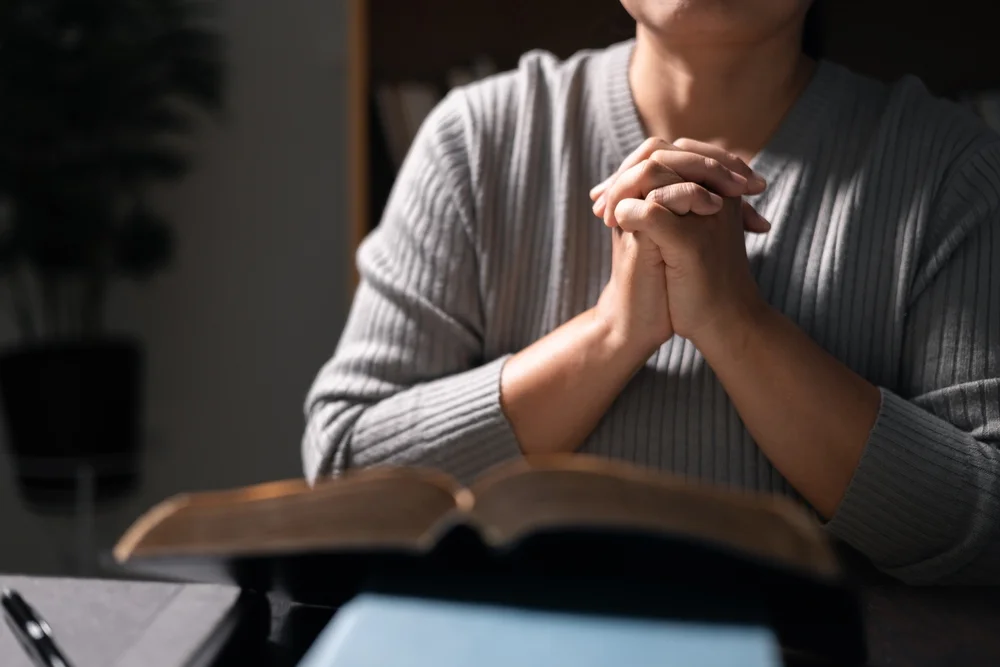
Reading Kelsey Holden’s Saying Goodbye to Charlie makes it feel less like a story and more like a sincere, authentic conversation. The gripping narrative leaves readers feeling heavy, yet oddly full. It’s a beautiful exploration of what happens when disaster strikes—Hurricane Charlie—when natural disasters don’t just topple the buildings we live in, but disrupt our lives in ways we cannot fathom. We will be unprepared for.
From the first page, Kyra, our protagonist, pulls the reader into her world—not with an explosion, but with the quiet, unsettling general undercurrent of anxiety. Kyra describes a “restless hum of anxiety that rested into her very bones,” and the reader sympathizes; we can feel it, too. You know that feeling of anxiety inside, the dread, that keeps you awake at night when you are already exhausted? As a nurse, Kyra is accustomed to being the provider, protector, cement for others, and healer in the moments when they experience their worst times. But then the phone call comes. Then, Kyra is asked to lead an evacuation of her facility. From there, she is no longer a nurse providing a service or best-practice protocol; she is a mother, a spouse, a person dealing with her own fears, her own family…her own home. When she hears the term “evacuation”, it hits her “like a punch to the gut”. In moments like these, the book moves from a memoir to something we can all relate to. It describes the lived human experience as we manage the impossible and know what we are made of.
Kyra’s account is powerful because of her profound honesty about her inner life. She does not just explain the chaos around her; she invites the reader into her thoughts. The tiredness that she describes is “pressing down on her,” and to say that her fears are a “chronic ache in the base of her neck” is just one example. The reader is right there with her as she stands watching the buses, trying to shake a feeling she knows “deep in her core” will stay with her forever, “like a scar in her memory.” It’s this vulnerability that makes the story so powerful. It is a reminder that strength does not mean a lack of fear, but that you are able to move through many situations, even when your “jug wasn’t already empty.”
The details that the book emphasizes so plainly, which are almost mundane, give such detail to the overall devastation. The cart with patient charts and blankets, the “four massive coolers” of water, the way she assigns residents in order of drop-off, these aren’t just details; they’re the building blocks of a new, chaotic reality. As readers, we see the meticulous planning and the immense weight of responsibility on her shoulders, which makes the subsequent wreckage of her own life all the more heartbreaking. When she returns home, it is “foreign,” the streets “unrecognizable.” The way she describes her neighborhood as a “street of ghosts” is hauntingly beautiful because it conveys the loss of familiarity, the loss of a once ordinary existence. A moment of consideration not to be viewed lightly, mainly because it prompts readers to consider the reality that homes are more than structures; they are repositories for our memories, and therefore, our identities.
Kyra’s difficulty in finding a new rhythm in the aftermath serves as proof of the resilience of all humans. The crude coffee maker, the struggle to find food from things we could salvage, the standstill of waiting to get ice and water, these aren’t exciting scenes of intense drama, but rather scenes of calm, determined resilience. The reader watches as she discovers a small sense of joy in a “perfectly frosted” brownie and in the relief of drinking cold water. It serves as a small reminder that no matter how large the loss, life continues, and there are great little victories too.
But the book isn’t just about the physical recovery. It’s also the emotional and relational fallout – the slow, painful revelation of her husband’s struggles – the hidden bottles of wine and liquor. It is gut-wrenching. The storm may have acted as a catalyst, but it was also a mirror, reflecting the fractures already there. Her realization that she was “too busy to notice” that he was in decline, that she allowed their marriage to become “a business transaction,” is a moment of profound, painful self-awareness. This – this honesty – comes from a depth of genuine introspection and is a lesson to us all. The book communicates that the most destructive storms are not always the winds and rains; sometimes, they are the storms that brew quietly inside our homes and hearts.
In the end, Saying Goodbye to Charlie is about the messy and complicated business of moving forward, and it isn’t a fairytale ending where everything is fixed and better. It teaches us to accept those scars, on the land and human, if you will. It implies the thought that, while saying goodbye to an old life is an acknowledgement of what we lost, it is the first step to a new life, even when we don’t know what that will look like. It is poignant and essential reading, and it comes highly recommended.